Efficiency and Sustainability With Better Ventilation
In today’s energy-conscious world, the drive towards energy efficiency and sustainability in architecture is more critical than ever. As the effects of climate change become increasingly apparent, architects, engineers, builders, and homeowners are constantly seeking innovative ways to reduce energy consumption, lower carbon emissions, and ultimately contribute to a more sustainable future.
One often overlooked aspect of sustainable building design is roof ventilation. Proper roof ventilation significantly reduces the need for air conditioning, lowering utility bills and carbon emissions.
At Snap-Z, we live and breathe roof ventilation! Since 2015, thousands of roofers and roofing distributors have used and trusted the Snap-Z product line. In this blog, we’ll explore the importance of roof ventilation, its contribution to energy efficiency, and the economic advantages it offers.
Ready to learn some cool things about ventilation? Let’s get started!
Fun Facts About Ventilation
Did you know the first building code concerning ventilation was created in the 17th century?

In 1631, King Charles I of England learned that “bad air” (mainly due to smoke from indoor fires) made his subjects sick. He issued a decree that house ceilings be at least 10 feet high and that windows be higher than wide to provide natural ventilation. While a popular move among his subjects, it wasn’t enough to keep him from getting executed for treason in 1649.
The first recorded recommendation for fresh-air ventilation rate was 1836 by an English engineer named Thomas Tredgold. By observing miners, he recommended a ventilation rate of 4 cfm (cubic feet per minute), though his findings were from observations of miner’s physiological needs rather than comfort. While resulting in better ventilation conditions, recommending the bare minimum for productivity rather than comfort likely didn’t endear him with the miners.
It wasn’t until 1895 that fresh-air ventilation requirements were adopted in the United States, with the American Society of Heating and Air-Conditioning Engineers (ASHVE) recommending a rate of 30 cfm per occupant. By 1925, 22 states adopted this requirement, aided by the advent of mechanical ventilation, such as electrical fans.
Interestingly enough, as time passed, the volume of air needed for ventilation standards went downward to the point where the American Society of Heating, Refrigerating, and Air-Conditioning Engineers (ASHRAE, formerly ASHVE) recommended a minimum of 15 cfm per person for residential buildings.
Nowadays, home ventilation requirements are part of building codes, but this is a relatively recent development as our modern understanding of the quantity of fresh air needed to replace stale indoor air took centuries of trial, error, and experimentation. The result is ASHRAE Standard 62.1, which recommends 15 cfm per person in a residential building.
The Importance of Energy Efficiency and Sustainability
In today’s energy-conscious environment, the drive toward energy efficiency and sustainability in architecture is more critical than ever. As the effects of climate change become increasingly apparent, architects, engineers, builders, and homeowners are constantly seeking innovative ways to reduce energy consumption, lower carbon emissions, and ultimately contribute to a more sustainable future.
One often overlooked aspect of sustainable building design is roof ventilation. Proper roof ventilation significantly reduces the need for air conditioning, lowering utility bills and carbon emissions by regulating temperature, managing moisture levels, and improving indoor air quality.
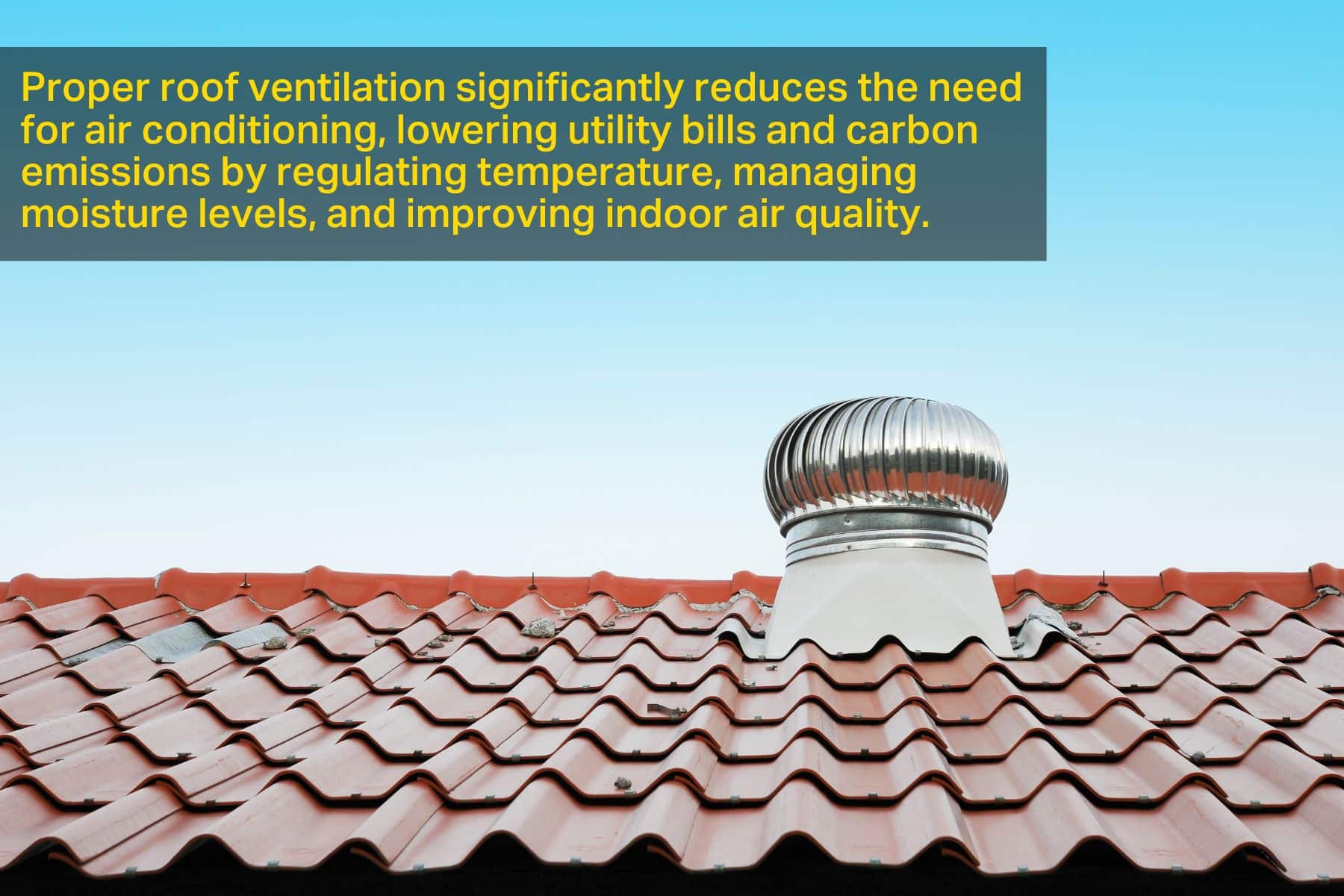
One size doesn’t fit all, however. That’s why there are many different options to vent a roof, such as ridge vents, soffit vents, gable vents, and turbine vents, with various degrees of efficacy depending on the application.
What Is Roof Ventilation?
Roof ventilation applies everything we’ve learned from the days of King Charles I to the latest ASHRAE standards to keep a building cool and carry away pollutants and microbes that can linger in stale air and make you sick.
Cooling the attic isn’t just about comfort. It’s also good for the health of your house. Drawing excessive heat from the attic prevents damage to your roof by preventing the wood inside the attic from expanding and contracting, as well as blisters and cracks from forming in asphalt roofing shingles over time.
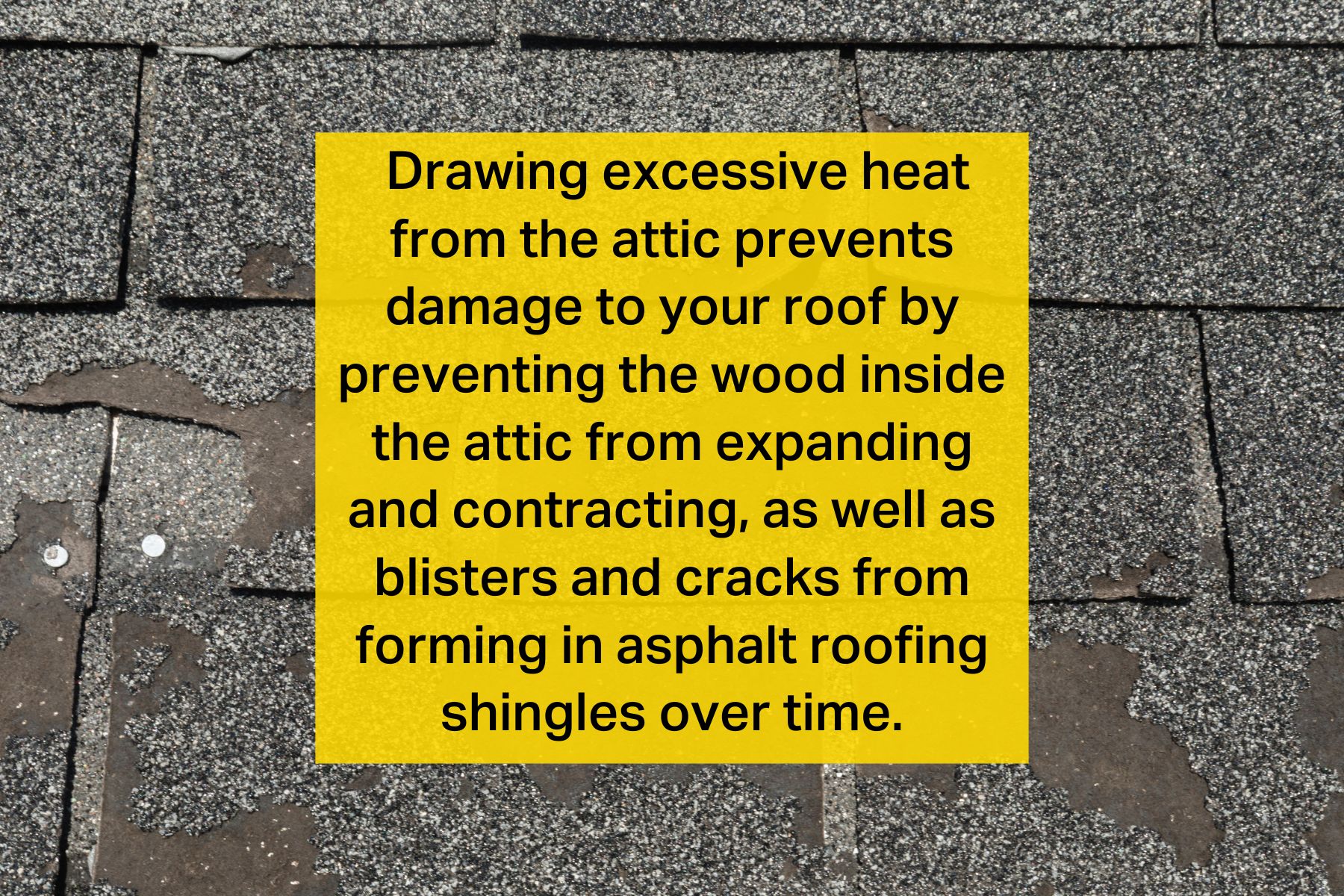
This damage can lead to moisture leakage, which leads to potential mold, and damage to the structure and items stored in the attic.
It’s pretty amazing how that little vent on your roof works! You can read more about how venting works on our blog.
How Roof Ventilation Contributes to Energy Efficiency
Keeping Your Attic Cool During the Summer
One of the primary ways roof ventilation contributes to energy efficiency is by regulating temperature. During summer, attics can become extremely hot, with temperatures up to 150°F, 50° higher than expected. That’s almost hot enough to cook an egg! This heat transfers into the living spaces below, forcing air conditioning systems to work harder to maintain a comfortable indoor environment.
Keeping Your Attic Cool During the Winter
Proper roof ventilation helps protect your home over the winter, too. Your attic can get quite warm during the winter with heat accumulation. When the attic starts to cool off, the melting ice refreezes, causing a freeze/thaw cycle, which can cause ice dam formations that can further damage your roof or gutters.
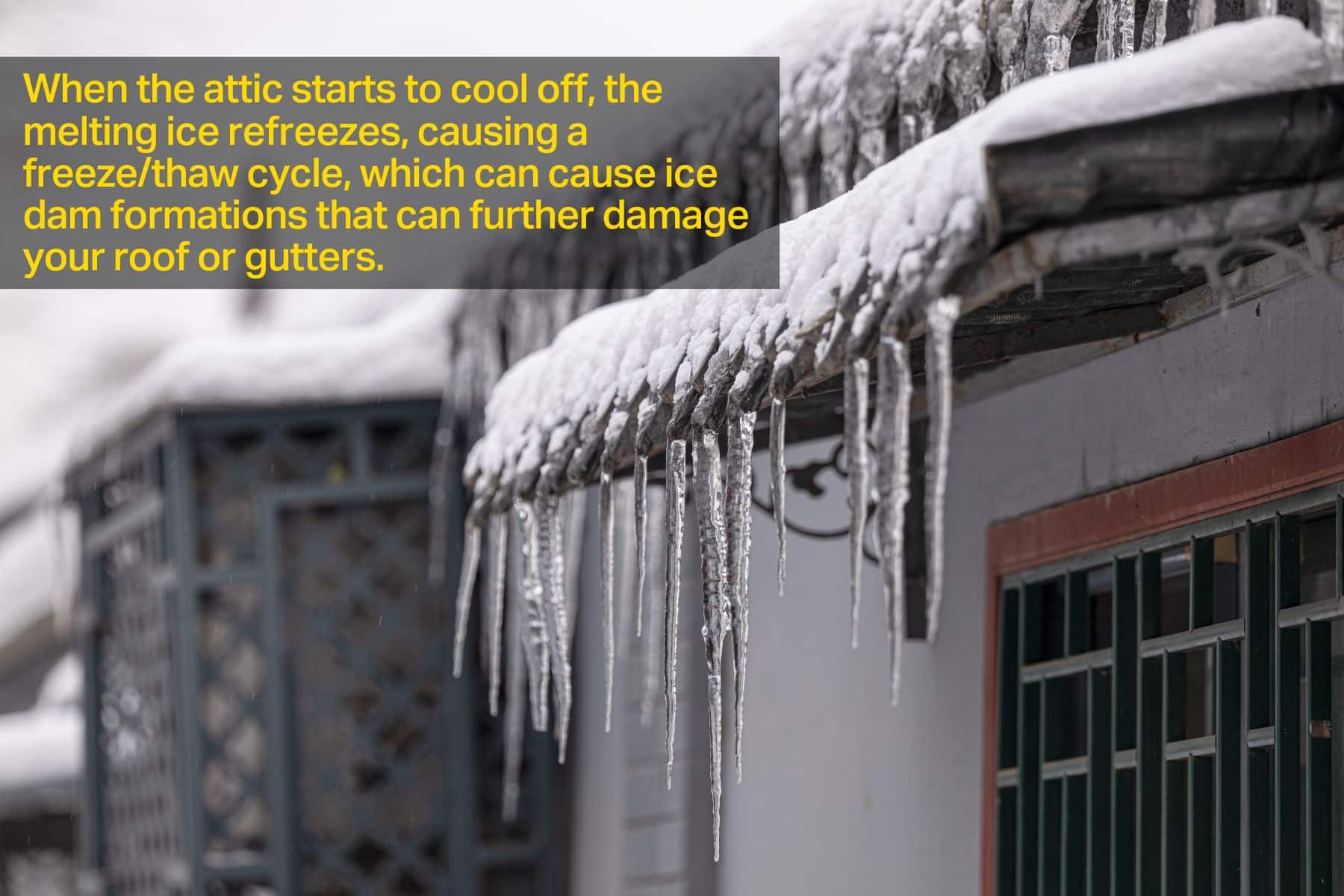
Keeping your HVAC Bills Cool All Year Round
Roof ventilation also enhances the performance of HVAC systems. Efficient ventilation helps reduce the strain on air conditioning systems by maintaining a cooler attic space. This can extend the lifespan of HVAC equipment, operate more efficiently, and reduce maintenance costs. The result is lower utility bills and reduced carbon emissions.
Economic Advantages of Roof Ventilation
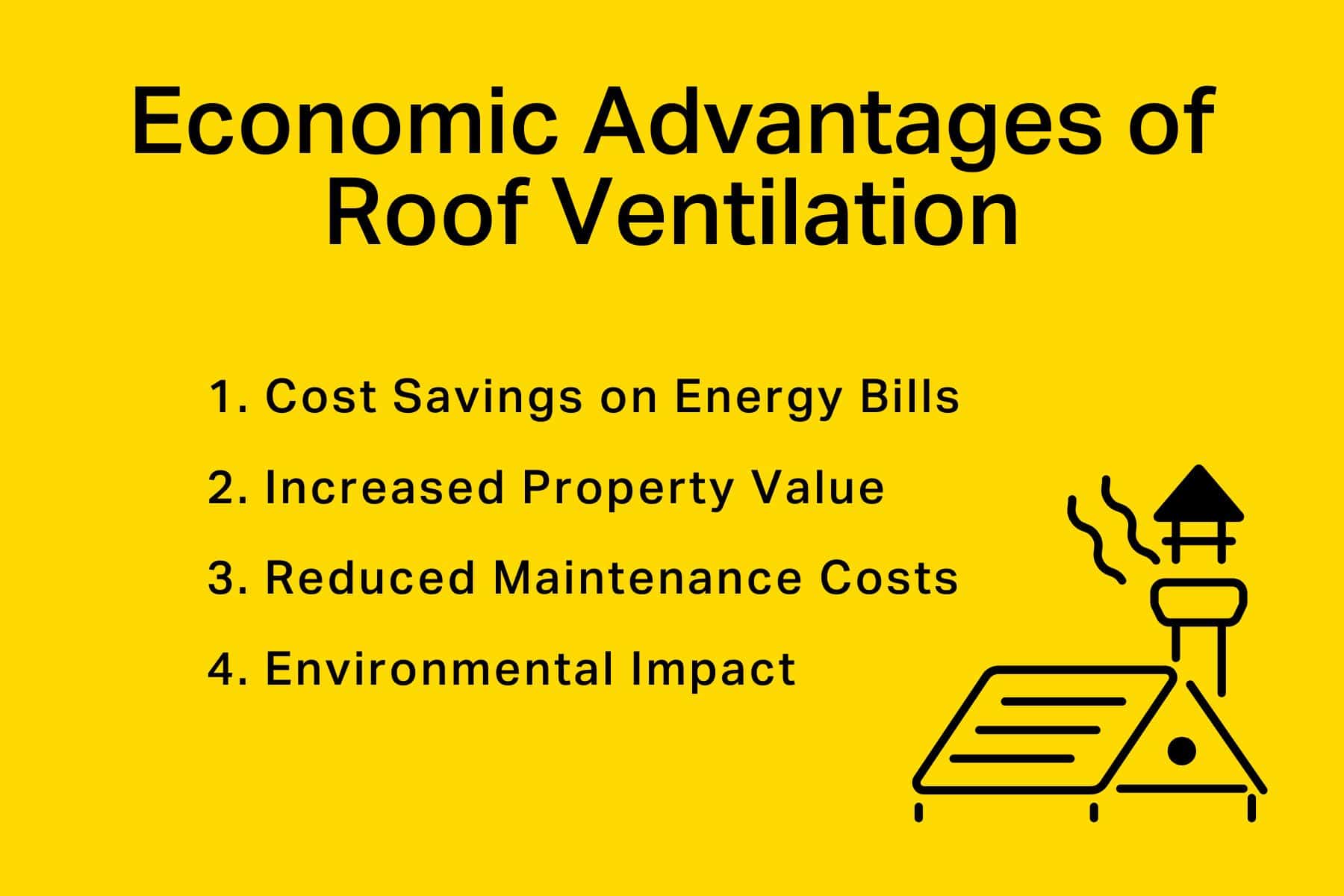
Cost Savings on Energy Bills
One of the most immediate benefits of proper roof ventilation is reduced energy bills. By minimizing or reducing the need for air conditioning, homeowners can significantly lower their electricity consumption during peak summer months, leading to substantial cost savings of an estimated 30-40%
Increased Property Value
In addition to cost savings, roof ventilation can increase property value. Energy-efficient homes are highly sought after in today's real estate market, as buyers are increasingly aware of the long-term benefits of sustainable living.
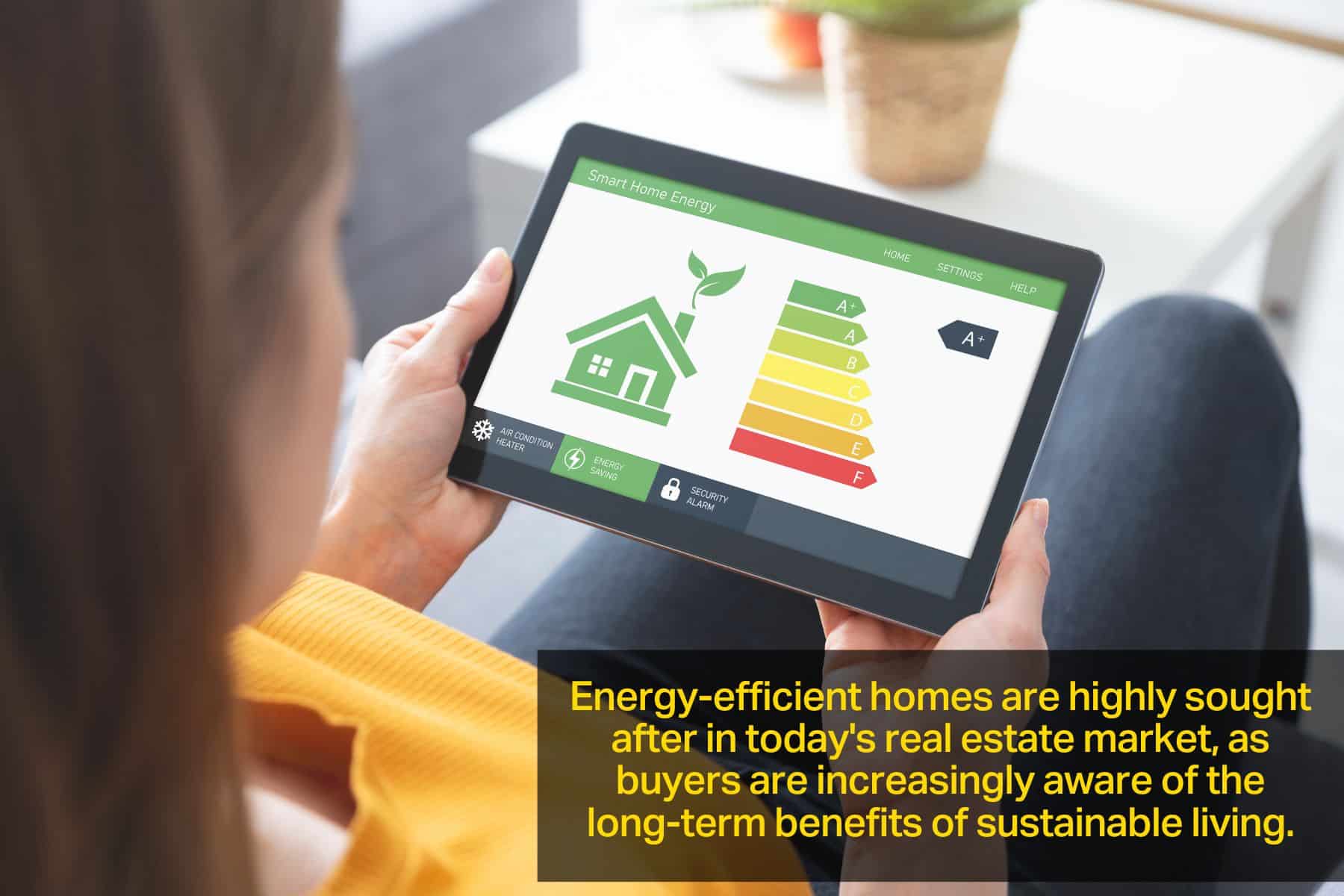
A well-ventilated roof is an attractive feature that can set a property apart, especially in the post-COVID housing market, potentially leading to higher resale values and quicker sales.
Reduced Maintenance Costs
Proper roof ventilation also reduces maintenance costs by preventing moisture-related problems. Since moisture buildup in the attic can lead to mold growth (which also brings its entourage of health issues), wood rot, and structural damage that require costly repairs, ventilation helps preserve the integrity of the roof structure, reducing the need for frequent maintenance and repairs.
Environmental Impact
Beyond economic advantages, roof ventilation contributes to a reduced environmental impact. As discussed earlier, using ventilation to decrease the need for air conditioning lowers the overall energy consumption of a building. This reduction in energy use translates to fewer greenhouse gas emissions, aligning with global efforts to combat climate change and promote sustainability.
Conclusion
We hope that this knowledge has been a breath of fresh air!
Incorporating proper roof ventilation into building design is a simple yet effective way to enhance energy efficiency and sustainability. By regulating temperature, reducing heat gain, and improving HVAC performance, roof ventilation minimizes the need for air conditioning, leading to lower utility bills and a reduced carbon footprint.
Additionally, the economic advantages of roof ventilation, including cost savings, increased property value, and reduced maintenance costs, make it a wise investment for homeowners and builders alike.
At Snap-Z, we’ve been harnessing the power of roof ventilation with our patented ridge vents since 2015, creating more comfortable, cost-effective, and environmentally friendly living spaces, one roof at a time, and we want to partner with you for a more energy-efficient future.
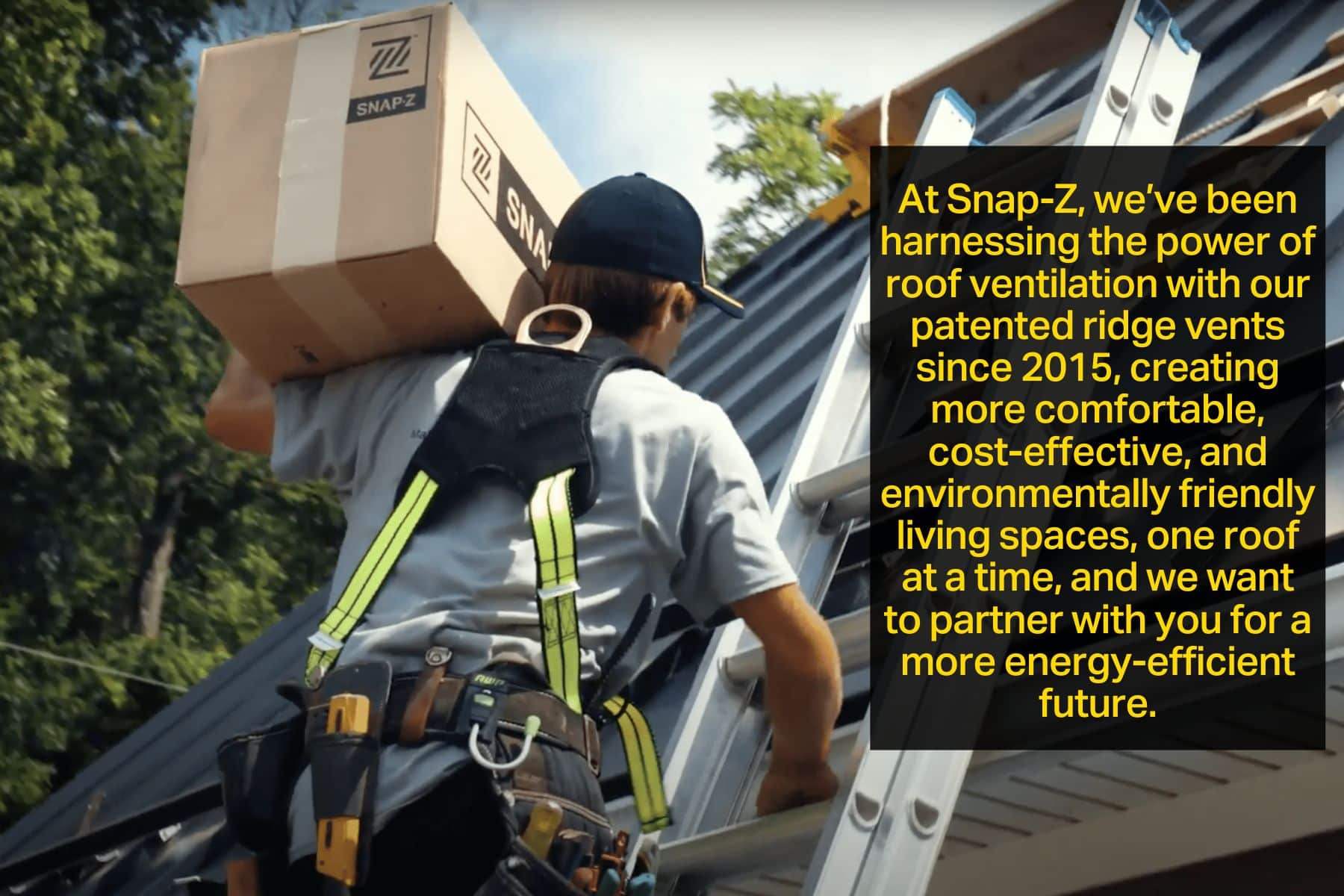
Interested in knowing more about our ridge vents? Read more below:
- Breathing New Life Into Roofs: The Future of Ridge Vent Technology for Metal Roofs
- 6 Common Ridge Vent Problems Every Informed Homeowner Should Know About
- 4 Reasons You Need Snap-Z’s Metal Roof Ridge Vent
If you have any questions or want to purchase the SnapZ ridge vent, contact us today! We look forward to hearing from you!





